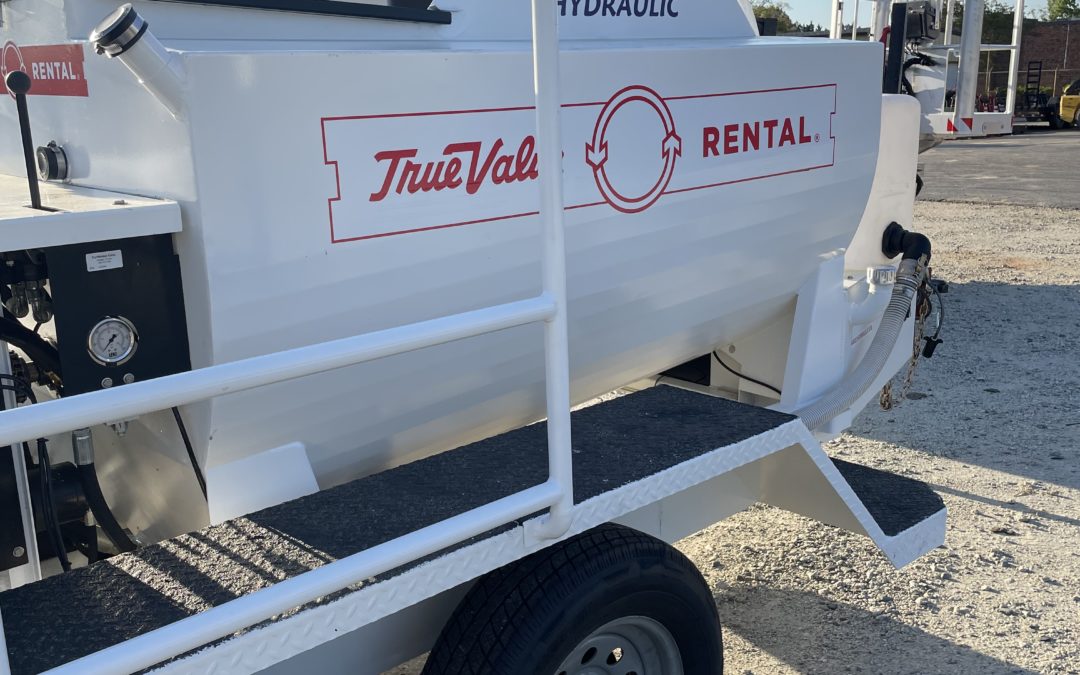Hydroseeding — also called hydro-mulching or hydraulic mulch seeding — is a budget-friendly alternative to laying down sod on your lawn. Instead of laying down sod or turf or spraying seeds around and waiting for them to grow, hydroseeding speeds up the natural grass growth process. Here’s what you need to know.
How Hydroseeding Works
The process revolves around a slurry-like mixture of water, fertilizer, grass seed, soil amendments, and mulch. The slurry is sprayed evenly on the lawn, allowing the solution to germinate your lawn. It produces visible grass growth within a week.
Whether you’re reinvigorating your yard, restoring damaged grassland, or preventing weeds and erosion, hydroseeding is a cheaper alternative to sod to give your lawn some TLC. You’ll need to test your soil’s pH level before hydroseeding an area to decide on the correct mixture for the project. You may also need to use soil treatments to correct its pH so grass can take hold.
Types of Hydroseed Mulches
It’s important to pick the right solution to apply to your lawn to achieve the best results. Here are the most common types of hydroseed mulch solutions.
Wood Fiber Mulch
This is the most common mulch for DIY hydroseeding projects. It’s used in sloped or hilly areas with severe erosion risks. It’s the most expensive solution but the mulch is heavier and more stable, which results in a higher chance of successful germination.
Blended Mulch
Consisting of a mix of around 70% wood fiber and 30% paper, this mulch is cheaper than a wood fiber solution but lacks the same amount of protection. This option is suitable for larger gardens that still need the effectiveness wood fiber mulch can bring but on a lower budget.
Paper Mulch
Made up of mostly recycled paper products, this is the cheapest form of hydroseeding available. Suitable for dry and arid climates, this mulch retains moisture and prevents evaporation. Additionally, when the paper breaks down, it’ll add nutrients to the soil as it decomposes.
However, paper mulch is generally not recommended by contractors because it can impede air and water flow as well as suffocating your plants if too much is applied.
Tips for the Hydroseeding Process
- • Water your lawn at least twice a day while the germination process is underway.
- • If you find you need to change your soil pH, adding lime to your solution will raise your soil’s pH if it’s too acidic and sulfur can lower pH if it’s too alkaline.
Key Takeaways:
- • With hydroseeding, a slurry of seed, mulch, fertilizer, and water is combined and sprayed from a tank.
- • Hydroseeding is less expensive than sod.
- • If doing it yourself, remember to take a soil test first and to use the correct mixture.
“Whether you are installing a new lawn, repairing an older lawn, or simply curious about this method, we’re happy to answer all of your Hydroseeding questions and help you decide if this is right for you!”
Read more: https://www.superiorgroundcover.com/hydroseeding-101/

